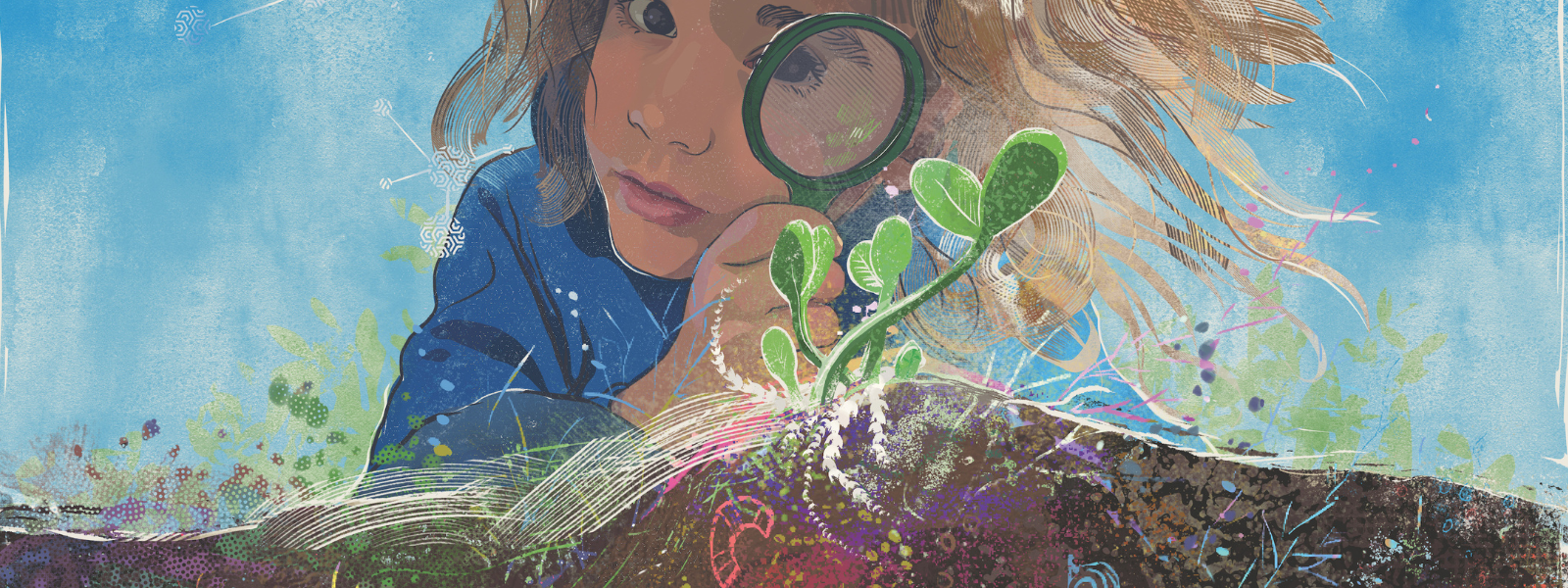
Tips
You searched for fennel and found 9 tips.
- Beneficial Insect: Ladybug – Welcome ladybugs into your garden not only for their cute color, shape and pattern, but for their pest-eating capabilities. Read more →
- Beneficial Insect: Syrphid Fly or Hover Fly – These guys are your friends! Adult hover flies resemble small wasps, with a black and yellow or white striped abdomen. They will hover like a hummingbird as they drink nectar from flowers. Hover flies do not sting. They range in size from 1/4” to 1/2” depending on the species. The adults are the pollinators and its the larvae that consume pests. Read more →
- Beneficial Insect: Tachinid Fly – They are North America’s largest and most important group of parasitic flies, with at least 1300 species in the U.S. Celebrate these guys! Read more →
- Collard Greens: All About Them – A heartier green and member of the cabbage family, collard greens contain substantial amounts of vitamins K, and are rich sources of vitamin A, vitamin C, and manganese. They are also a moderate source of calcium and vitamin B6. Read more →
- Companion Planting – Companion plants help each other to grow in some way. For instance, some plants can extract certain nutrients from the soil and make them more available for other plants. Read more →
- Fennel – Fennel is very complimentary to other foods, especially seafoods and citrus. It adds a great zing and crunch to tuna salad; it adds depth and flavor to grilled or roasted fish—pretty much any kind of fish. Read more →
- Fennel: All About It – Fennel is a versatile plant. You can eat all of it – bulb, stems, and leaves (fronds). Read more →
- How to Make Sauerkraut – Cabbage is a star in kraut, salads, and more, thanks to its amazing potential in lacto-fermentation. This natural preservation method not only enhances flavor but also boosts nutritional benefits like improved digestion and nutrient absorption. Read more →
- Planting Garlic – As the winters get shorter, we plant our garlic later. It used to be late September as the nights begin to cool and the light fades, but these days the best time to plant your garlic in the northern New England climate is more like mid October to early November. Encouraging strong root growth before the freeze helps to sustain healthy and vigorous spring growth. Seeing the first garlic shoots in the spring is one of our earliest spring green pleasures on the farm. Read more →
